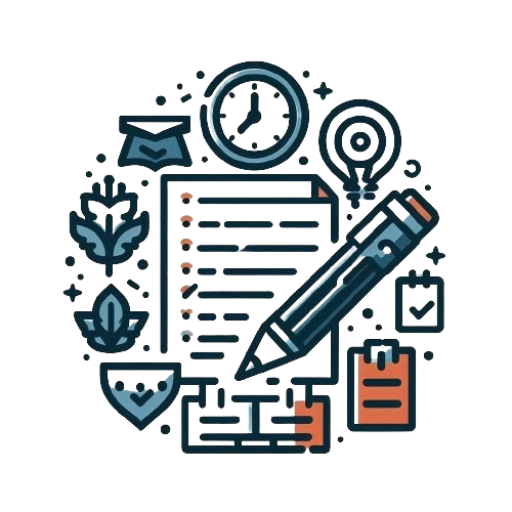In today’s world of rapid technological progress, digital transformation is changing industries and redefining traditional ways of working and learning. For students and academicians, understanding and embracing digital transformation is crucial for staying relevant and competitive. This article explores what digital transformation is, its impact on education, and how students and academicians can harness its potential.
Understanding Digital Transformation
Digital transformation involves integrating digital technologies into various aspects of an organization or field, fundamentally altering how it operates and delivers value. It encompasses technologies like Artificial Intelligence (AI), cloud computing, big data analytics, the Internet of Things (IoT), and more. In education, digital transformation means using these technologies to enhance teaching, learning, and administrative processes.
Impact on Education
- Enhanced Learning Experiences: Digital transformation has led to innovative learning tools and platforms in education. E-learning, virtual classrooms, and interactive content offer students engaging and personalized learning experiences. Technologies such as Augmented Reality (AR) and Virtual Reality (VR) create immersive learning environments that simplify complex subjects and make learning more enjoyable.
- Improved Accessibility: Digital technologies have made education more accessible to a broader audience. Online courses and digital libraries enable students from remote or underserved areas to access high-quality educational resources, democratizing education and creating opportunities for lifelong learning.
- Data-Driven Insights: Big data analytics allows educators to collect and analyze vast amounts of data on student performance and behavior. These insights help identify learning patterns, predict outcomes, and tailor instruction to individual needs. Data-driven decision-making enhances teaching strategies and improves student outcomes.
- Collaboration and Communication: Digital tools facilitate seamless communication and collaboration among students, teachers, and researchers. Platforms like Zoom, Microsoft Teams, and Google Classroom enable real-time interaction, making it easier to collaborate on projects, share resources, and provide feedback.
- Streamlined Administration: Administrative processes in educational institutions are becoming more efficient through digital transformation. Automation of tasks such as admissions, grading, and scheduling reduces administrative burdens, allowing educators to focus more on teaching and research
Leveraging Digital Transformation
For students and academicians, leveraging digital transformation involves adopting new technologies and adapting to changing educational paradigms. Some ways to embrace digital transformation include:
- Stay Informed: Keep up with the latest technological trends and developments in digital transformation. Follow relevant blogs, attend webinars, and participate in workshops to stay updated on emerging technologies and their applications in education.
- Develop Digital Skills: Acquiring digital skills is essential in a tech-driven world. Students should focus on learning programming, data analysis, and digital literacy. Academicians can benefit from mastering tools for online teaching, data analytics, and research management.
- Utilize E-Learning Platforms: Use e-learning platforms like Coursera, edX and Udemy to access a wide range of courses and resources. These platforms offer flexible learning options that can complement traditional classroom education.
- Engage in Online Communities: Join online forums and communities related to your field of study or research. Engaging with peers and experts worldwide can provide valuable insights, foster collaboration, and open up new opportunities.
- Integrate Technology in Research: Use digital tools and technologies to enhance your research capabilities. Employ data analytics for research insights, use collaborative platforms for teamwork, and explore digital publishing options to share your work widely.
- Promote Digital Literacy: Educators should promote digital literacy among students. Incorporate digital literacy modules in the curriculum to ensure students are equipped with the skills needed to navigate and succeed in a digital world.
Conclusion
Digital transformation is not just a trend; it is a fundamental shift that is transforming education and other industries. For students and academicians, embracing digital transformation means adopting new technologies, developing digital skills, and staying adaptable to change. By leveraging the power of digital transformation, students can enhance their learning experiences, while academicians can improve their teaching methods and research capabilities. In a world where digital proficiency is increasingly important, staying ahead of the curve is essential for success.
